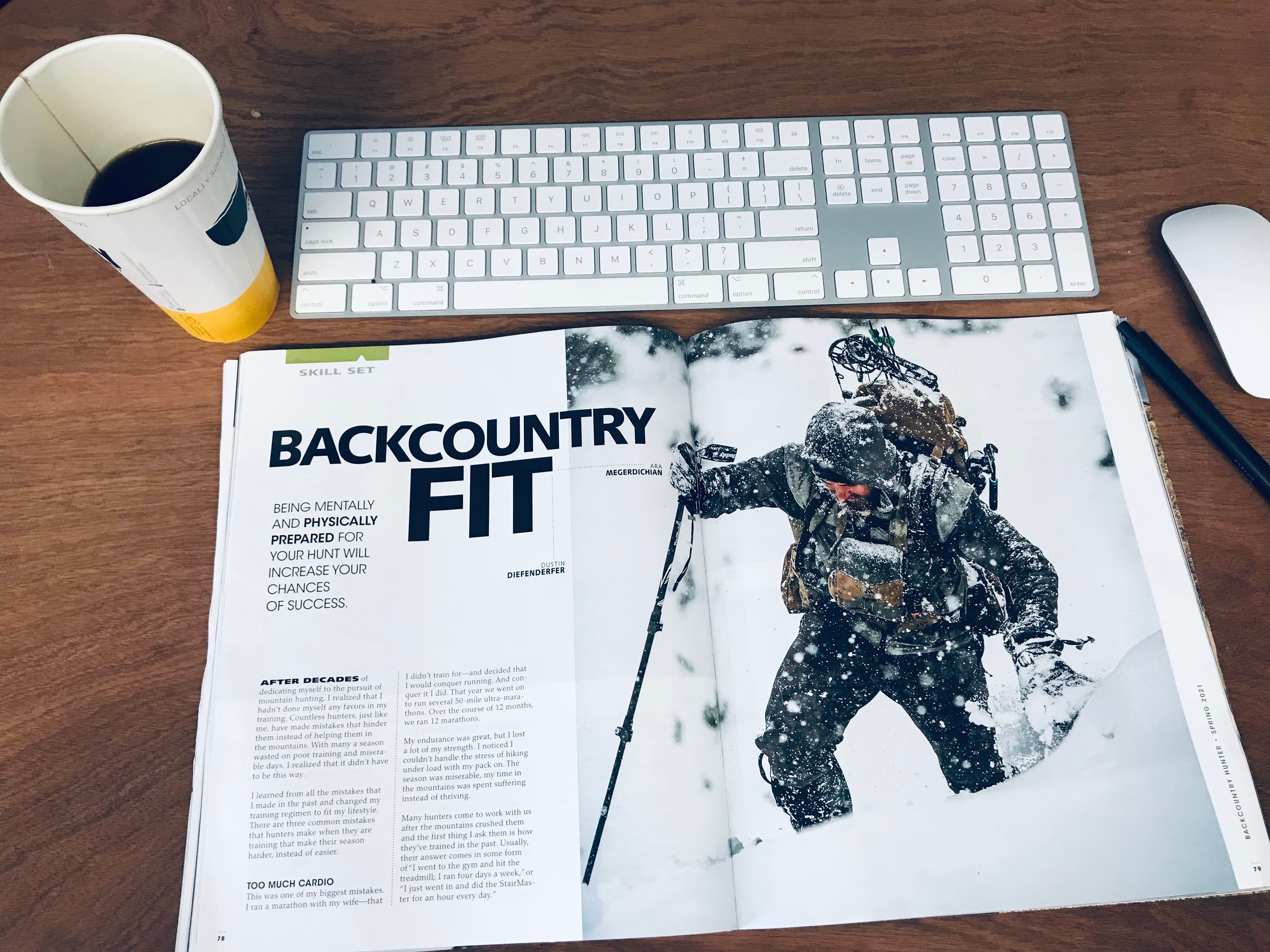I disagree with this. Backcountry hunting and moving in the mountains is largely muscular endurance, not the “cardio” pathway. Cardio tends to produce very specific training effects: running makes you more efficient at running, swimming makes you more efficient at swimming, cycling makes you more efficient at cycling etc. (remember that triathletes must train all 3 of these separately as the crossover training effect from one discipline to the next is insufficient by itself to be competitive). while muscular endurance does require a cardio base, it’s doesn’t require much training to achieve that base so long as the trainee does not have to improve their strength (this takes a good while) to perform the task at hand.
Going uphill with a pack on, be it 30,49,50,60+ lbs and doing this for hours on end is pure muscular endurance and the heavier the pack, the more strength is required. If you move into a “cardio” zone associated with running, cycling or other forms of “cardio”, then you will red line and blow up due to the demands for muscular output due to the steepness of the terrain and the weight on your back. This being said, you can increase your muscular endurance zone over time so that you can go faster more efficiently, but there is still a clear delineation between muscular endurance and “cardio” for all individuals.
Living in the mountains, doing lots of backpacking and skinning uphill for backcountry skiing, I only concern myself with muscular endurance zone outside of the gym. I haven’t done “cardio” for training purposes in years. The biggest issue that flatlanders seem to have with this type of training is that it is “too slow” to feel like it is effective, but that’s how you move efficiently in the mountains for hours on end: you set a pace that you can maintain for that terrain and you don’t stop. Even mountain runners and fast packers tend to break out the trekking poles and “power walk” their way through sustained climbs where they cannot maintain a running pace.
Muscular endurance: this is the zone of mountain athletes. The “cardio cardio cardio” crowd is either wrong about efficient movement in the mountains or they do not understand the difference between the 2 zones.


 mtntough.com
mtntough.com


